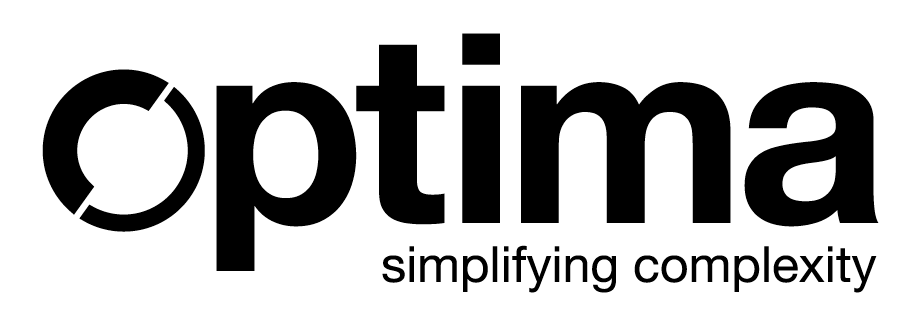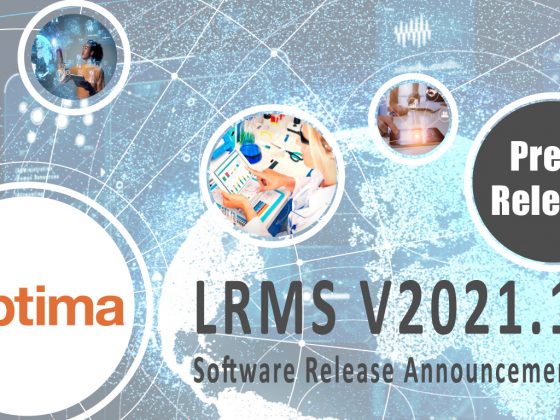“Smart working” and “remote working”, between others, are the most used buzz words since March 2020, when the outbreak of the COVID-19 pandemic caught us all by surprise. The emergency that we are still facing today has provided the opportunity for many workers and entrepreneurs to embark in different ways of organising their work.
There was a time when commercial companies created a new organization named “inside sales”. The goal was to run sales activities without travelling cost at customer sites. This happened more than 40 years ago, and the tools were extremely simple. Based on proactive calls to a potential customer list to sell the company’s products or services.
The new job description was a great opportunity for people who were having difficulties to travel, and the job was facilitating better work life balance. Yet it was a relatively complex job, different from telemarketing, as the person running this type of sales activity was requested to develop specific skills related to remote connections with the interlocutor.
Remote working has always happened in big multinational companies with team members scattered throughout the entire globe, who have to work together and communicate on a weekly, if not daily, basis. They cannot simply jump on a plane every other day to reach their members and run internal meeting. This would not be time nor cost effective for those companies.
Then, we had to learn the hard way to manage practically all our activities remotely. We had to remain in contact with our customers, suppliers, colleagues trying to maintain the same level of efficiency, empathy, and commitment to the job to be performed.
The introduction of proper Smart Working, as the “new normal” work model, required radical organisational changes, and reviews of work processes, procedures, and planning.However, those changes require to start with the review of the methods used for measuring the employees work performance and for planning the team activities and tasks, while ensuring a high level of efficiency. Then, the initial model needs to be challenged in order to introduce new ways of managing working groups remotely. In addition, the new model should allow the definition of specific, measurable, realistic objectives over a certain time period.
How can we just apply those remote approaches to the laboratory?
Labs are a very special environment. Some activities simply cannot be performed from home. Most of laboratory instruments are not controllable remotely, at least to their full extent. In one step or another, they require physical human interventions for their set up, calibration, sample preparation, sample loading, run configuration, results compilation …
The laboratory instruments should function properly and as planned always. But then, is smart working even possible for the employees of a laboratory?
Smart working in a laboratory is feasible.
The “smart workers” in a lab are the ones performing most, if not all, their duties in front of a computer. They review lab results, reach out lab technicians when needed, take the managerial decisions that are allowing the company to move the business forward.
Those of you working in the labs are surely visualizing the tasks that are falling in this category.
One specific aspect of the lab data management for managers and supervisors is the resource allocation. Our experience tells us that most of the labs are still running this task with stickers on the wall, boards, paper documents and a lot of Excel files. Actually, more than 80% of the labs are using one of the above tools.
Those tools, including Excel files, the most common system for resource management, are definitely not allowing “smart working”.
Smart working in resource management would require using a centralized repository with remote connection through web browser. This offers immediately the possibility to plan and schedule the resources from anywhere as if lab managers and supervisors were present in the lab. The communication tools offered by Optima, the easy way to assign resources, the “built-in” reports are just few examples of “smart” tools that are at the core of this critical task.
Smart working should not be considered synonym of remote working only but a more effective and agile way of working, facilitating better understanding of the work being done. As such, insights facilitated through reports that present smart key performance indicators are what makes Optima a reference in the laboratory resource management.
Non only the daily and weekly task of the laboratories are assigned according to analysts’ competences and instrument availability, but an amazing amount of information are stored waiting to be used for the sake of laboratory efficiency and productivity assessment.
With Optima smart working is facilitated thanks to:
- Connectivity to legacy systems: LIMS, ELN, ERP
- via webservices and API library
- Oracle DB Oracle
- #1 database for critical business transactions. Its level of reliability, scalability and security are far beyond any other databases available today
- Reporting
- Large variety of options and huge flexibility for our customers
- Advanced Analytics
- Oracle is the most used database, numerous companies offer the opportunity to connect to their database, benefit of their capabilities and build the best tools for creating dashboards, charts, run advanced analytics
With Optima Smart Working means:
- Easy access to lab technicians and analyst’s competence level and status
- Easy visualisation of Workload, productivity, and quality levels
- Optimised use of instruments
- reduce downtime, ease troubleshooting, allows system performance comparison …
- Forecast at short, medium, and long term
- Increase transparency within the team and towards upper management





